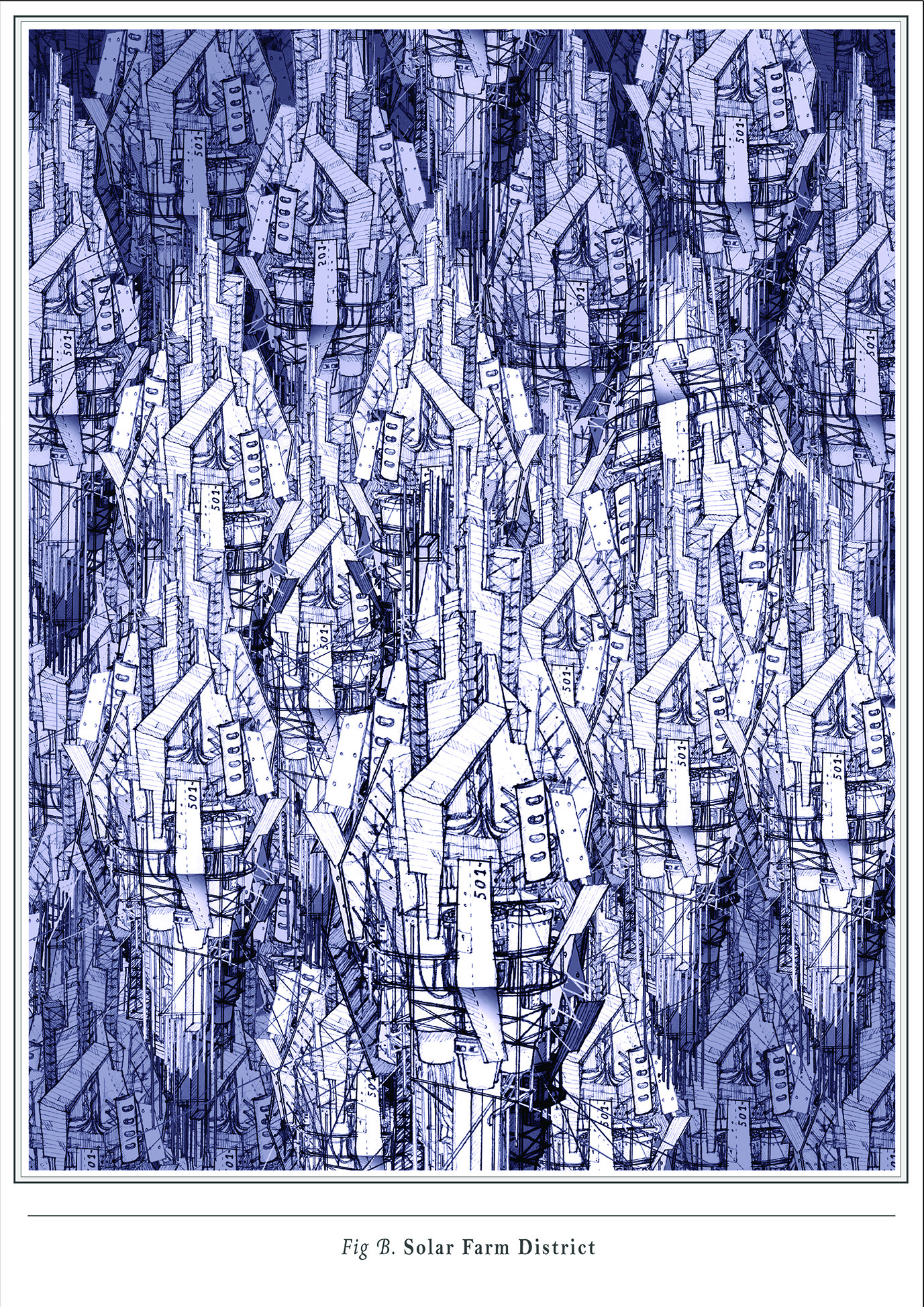Above the Clouds | Colonization in a Post-Nuclear War Scenario
(Student Project)
Additional Team:
Through an imagined narrative and interpretation of debatable political moves and reconfigured social norms, this thesis examines a new human colonization in a post-nuclear winter scenario. The new settlement poses questions about the re-occurring cycle of man’s destructive nature, and whether mankind will ever stop the sequence of repeating history.
The new settlement metaphorically revives, and challenges, mankind with issues such as social structure, political power, human nature, and the ever-present cycle of time. By depicting a post-apocalyptic civilization scenario, the projective settlement can function as a glance of our future, both enabling and encouraging us to re-examine our current social and economic situations, moral standards, environmental awareness, and our built environment.
Project Description
History has proven the destructive nature of mankind and how history run in cycles. By studying the recent international political climate, population shifts between continents, modern historical events, and modern social ethics and human behaviour, we can predict the likeliness and magnitude of the consequences of the next worldwide conflict: World War III. With the advancement of modern military weaponry, the next world war would result in the use of a nuclear weapon that would affect the globe due to their destructive strength. With global superpowers stockpiling nuclear weapons since the cold war in the 1980s, the United States alone possess nuclear warheads sufficient to destroy the earth 200+ times.
This thesis explores the idea of architecture as a medium for survival and the restructuring of civilization after the breakout of nuclear war in the year 2025, creating a global nuclear winter. By re-imagining life and architecture, as well as urban settings after a nuclear winter, this thesis will create a visual narrative approach in experimenting with potential outcomes of a new colonial society. From survival devices of energy and resource harvesting, to agriculture and services areas, to larger zoning of commercial, industrial and living areas, this thesis aims to envision a new form of the city capable of sustaining civilization after the mass destruction and the onset of a harsh environment. Selectively identifying a high altitude (a remote geological location that will benefit from being outside the affected radius from the aftermath of nuclear winter) will be the foundation building block for the revitalization of human civilization in this re-imagined narrative.
As civilization is restructured under strong orders and physical constraints enforced via architecture and urban setting, humanity could recover from the destruction which once wiped out the surface of the earth. However, under limited resources and surrender of freedom in exchange for survival, as generations pass, and scares are forgotten, how long would it take until history and mistakes are once again faded in memory and the peace they have grown to know would once again become no more than a script in history?











